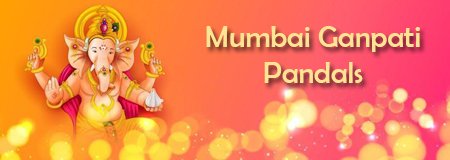Why only three notes, nine strings and 96 fourths in Yagyopaveet?
The three stanzas of Yajnopavita draw our attention to the threefold dharma pervading all aspects of creation. According to Taittiriya Samhita 6, 3, 10, 5, three fights indicate three debts. The debt to the sages is repaid by celibacy, the debt to the gods by yagya and the debt to the ancestors by obeying the people. Brahma, Vishnu and Mahesh are pleased with the worship of the sacred thread-bearing Dwija. The triple fighting force increases semen and vigor and protects Vedatrayee, Rik, Yaju and Sama. Sat, Raja and Tama give qualitative increase to the three gunas. It is a symbol of the fame of all three worlds. It is indicative of dedication, adherence to duty and devotion to mother, father and teachers.
It is written in the Samavedic Chandogya Sutra – Brahmaji created the formula of three battles from three Vedas, Vishnu tripled it with the three Kandas of knowledge, action and worship and Shiva, after invoking Gayatri, added Brahma knot in it. In this way the Yajnopaveet was ready with nine strings and glands. Nine gods reside in the nine sutras of Yajnopavita – 1. Omkar-Brahm, 2. Agni-brightness, 3. Infinite-patience, 4. Moon-cool light, 5. Fathers-affection, 6. Prajapati-nurturing the people, 7. Air-cleanliness, 8. Sun-glory, 9. All Gods. – Samdarshan. The meaning of the nine strings is also to possess the nine qualities of these nine gods. The person wearing the Yajnopavita should constantly strive to adopt the nine qualities of the Gods – Brahman, piety, radiance, patience, humility, kindness, charity, cleanliness and strength.
The nine threads of Yagyopaveet are also considered symbols of nine virtues. These were considered to be love in the heart, sweetness in speech, simplicity in behavior, sacred feeling towards women only, expression of art and beauty in action, generosity and spirit of service towards everyone, etiquette and discipline, self-study and satsang, cleanliness, order and carelessness. There are, which we should make continuous efforts to adopt. Accepting the opinions of Vedas and Gayatri and chanting Gayatri Mantra only after wearing Yajnopaveet.
The meaning of placing 96 Chauves (chappes) is because Gayatri Mantra has 24 letters and Vedas have 4. In this way, the total product of Gayatri Mantras of all four Vedas comes to 96 letters. According to Samavedi Chhandogya, Tithi 15, Vaar 7, Nakshatra 27, Tattva 25, Veda 4, Guna 3, Kaal Sutra 3, Month 12, the total of all these is 96. The wearer of the Yajnopavit should keep this feeling in his mind that the 96 objects of Sutratma Prana are present in the body of a Brahma Purush from the shoulder to the waist.










